If you’re a Webflow professional, I can already feel your blood pressure rising.
For context, I’m a Webflow expert, I sell webflow templates, and I use the platform every day for personal and client projects. My main side project/blog is built off Webflow and has generated enough income through affiliate sales and advertising this year to make me want to figure out if it’s worth staying on the platform long-term.
Webflow has a WordPress showdown on their site that touches on some high-level items, but I’ve found it hard to get an honest opinion on the downside of the platform when it comes to getting a simple blog off the ground.
If your goal is to generate revenue through advertising networks or affiliate sales, I think picking Webflow would be a mistake.
This is why.
You can’t edit cache settings
One of the biggest strengths of Webflow is how easy it is to get up and running using their AWS-ready hosting feature. You set up your domain, set a couple of records, and bam, you’re done.
I thought this was all fine until I started incorporating Ezoic into my site while experimenting with ad networks.
Just for a little bit of context for those that aren’t aware of Ezoic, think of it like a competitor to Google Adsense, where you plug it into your site, and it’ll just start generating revenue by displaying relevant ads throughout. In fact, my tests between the two platforms showed that Ezoic would have up to 3x the amount of returns without having to do anything.
When I started using Ezoic on my webflow site, the site became depressingly slow and the largest contentful paint score shot through the roof.
After getting in touch with Ezoic, I was told this was an ongoing issue with Webflow sites due to the lack of control when it comes to tweaking caching settings. This is usually pretty straightforward when you have control of some hosting settings, but it makes sense why Webflow wouldn’t want to give the average user that kind of control like you can with a traditional host.
I stripped out Ezoic, and my ad rev dropped back down to 1/3 of what it was, but my site was back up at full speed.
You can’t upload multiple photos to rich text at once
One of my projects deals with many photos (my files uploaded are currently at 200,000), and I couldn’t imagine doing it in Webflow since the rich text editor only allows you to use one at a time.
In WordPress, I can take 50 images on my desktop, and chuck them into an article simply by drag and drop, which saves a ton of time.
I know someone out there will say, “Just add them to Google Docs, then copy and paste the entire thing into Webflow.”
Unfortunately, Google Docs doesn’t support the WebP format yet, so the ol’ copy and paste method ceases to exist.
This is kind of a big deal, because if you’re dealing with an image-heavy site, WebP is going to save you a ton of space, provide a better user experience, and improve your lighthouse scores.
Image compression has to be done before uploading
You can’t currently convert images to the WebP format when adding images to a rich text field. You can, however, compress images in your media gallery that are getting used on normal pages.
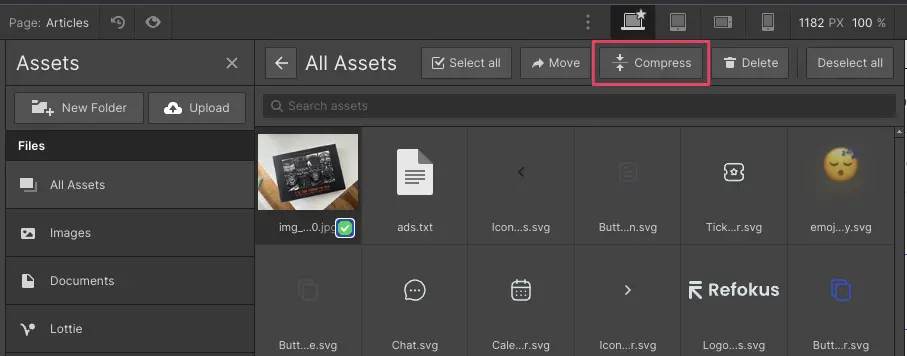
While this is nice, it doesn’t really solve the problem on a day-to-day basis while uploading new content to blog articles.
I imagine they have this somewhere on the roadmap, but until then, I have to run all of my images through a WebP mac app, then upload them all individually.
On my other site, I can use a free plugin that will automatically convert every image to the WebP format, without me having to think about it.
You can’t “easily” use schema
In my opinion, Google Schema is a must-have for any serious blogger. If you add the rating schema to your article, Google will return its search results with a lovely little star rating, making the article stand out in listings from those who don’t use it.
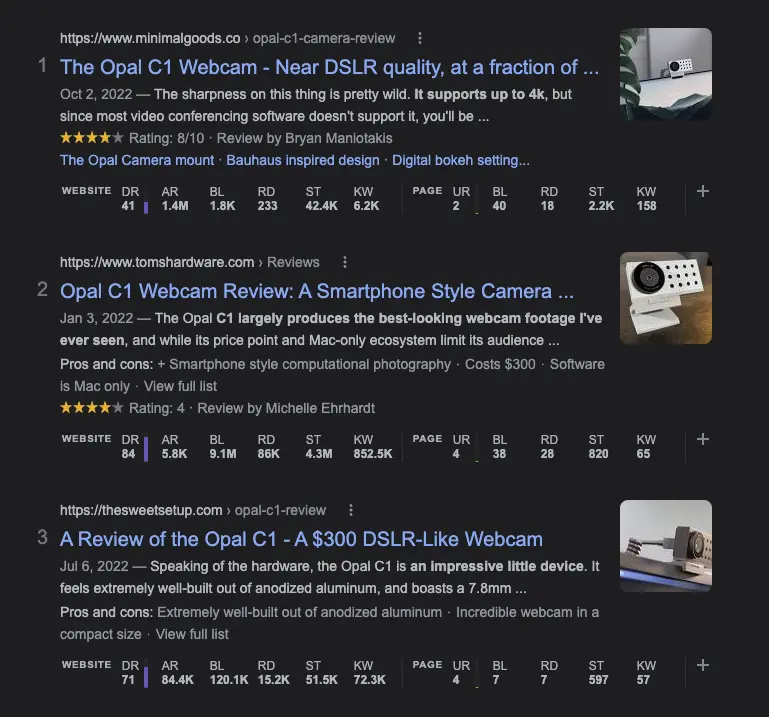
In one of my WordPress sites, I can add a rating block to a post from one of my plugins, and enter the necessary information.
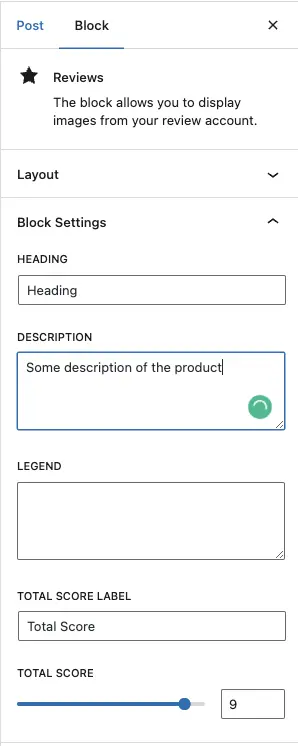
To do the same thing in Webflow, I had to conjure up this schema on the custom code on my template page that pulls from separate fields in the CMS.
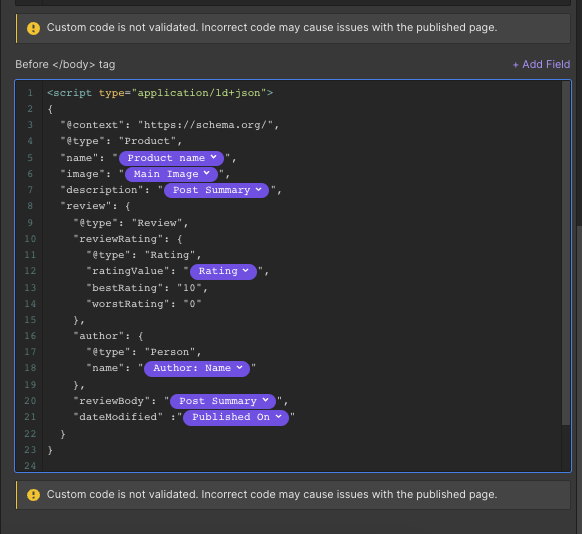
Then populate it inside of the CMS editor:
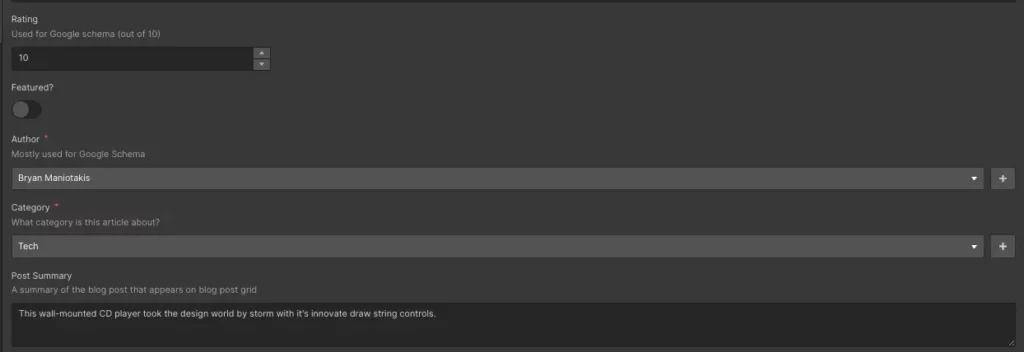
Now don’t get me wrong, it’s not the biggest problem once it’s set up, but this setup requires a different collection for each schema in the template, and it becomes even more complex when you want to have a “Blog Posting” schema mixed with “FAQ” and a “Product Rating”.
Mixing and matching schema turns into a bit of a nightmare unless you’re very comfortable with javascript.
Pagespeed may vary
Here’s a screenshot of the lightspeed metrics from a blog article off of the official Webflow site. It’s a fairly simple article with 1579 words, and eight images.

Here’s an article on one of my WordPress sites using a cheap template with a few more images, and about double the length.
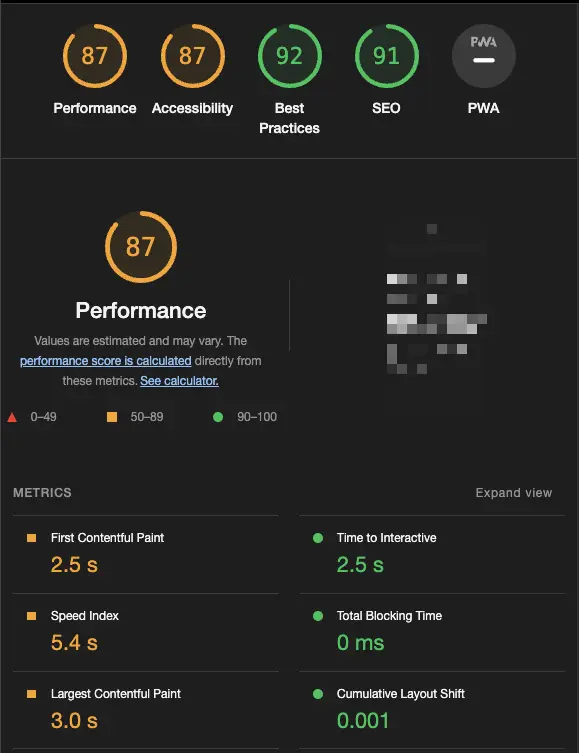
Google notes that pagespeed scores have a direct correlation with where you sit in the search results, so this is always on the back of my mind.
No commenting feature (still)
Some blogs out there heavily rely on commenting features, and not having a first-party solution is just another simple thing you have to worry about. You can always add something like disqus, but it’s yet another monthly subscription you’ll have to deal with.
10,000 CMS limit
Minimalgoods has an inspiration gallery that allows users to quickly sort and filter through all the images that I’ve been posting on Instagram going all the way back to 2017. It was important for me to “own” this data by adding it to my site, but it instantly eats up about 4,000 CMS items of my limit.
Once I hit the 10,000 mark, Webflow support told me I would need to switch over to an enterprise plan to bypass the limit, and get unlimited items.
It’s not easy seeing how much Webflow charges for their enterprising hosting, but commenters on the webflow subreddit have given numbers from $10,000 to $50,000 per year.
No thanks.
Plugin support
Any serious SEO optimized site generating revenue is going to be relying on paid plugins to help make their job easier. These usually include SEO tools like Rank Math, internal linking tools like Link Whisper, link cloaking tools like Pretty Links, and many, many more.
Those don’t exist on Webflow, making the process much more manual and time consuming, which adds up quickly over time.
Final thoughts
I still love Webflow for its ease of use and ability to me to launch relatively complex sites without having to hire a developer. I also don’t see myself stopping using it anytime soon.
I’m just more accurately aware of it’s benefits and drawbacks at this point, and will be a bit more apprehensive to make it my preferred choice for projects solely focused on blogging.
If you’re interested in more content like this, subscribe to my RSS feed or email newsletter below.
I like getting emails, so feel free to contact me directly as well.
